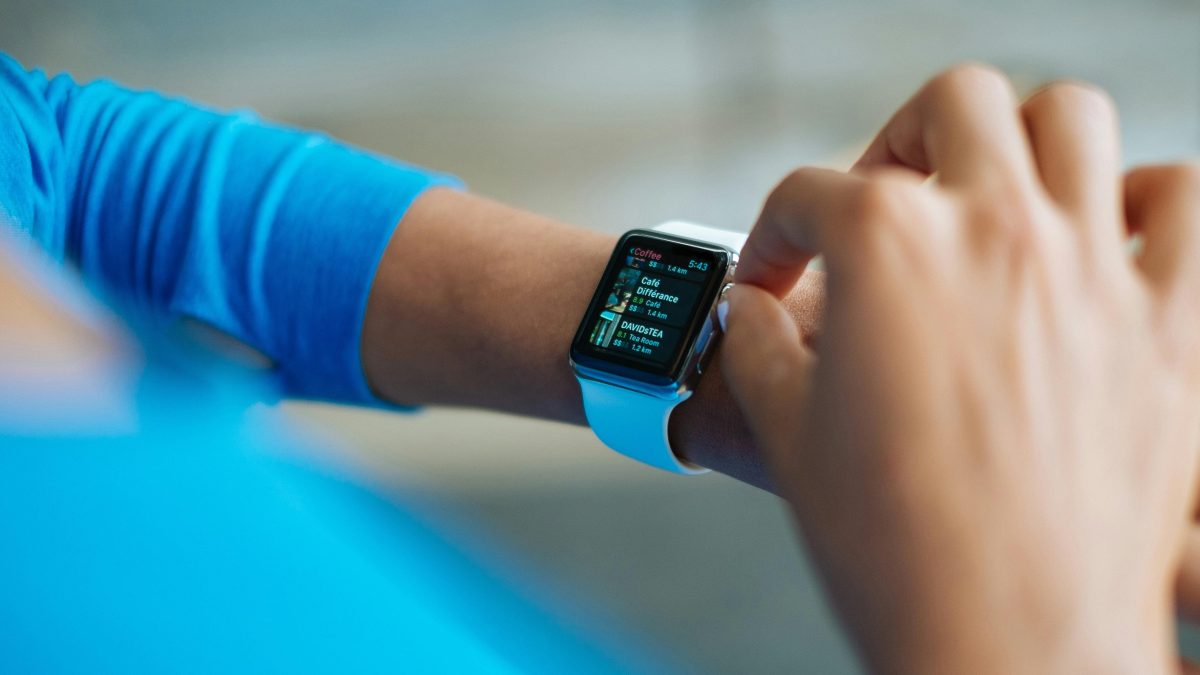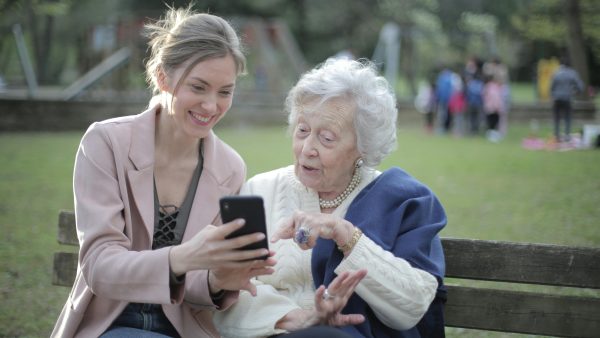In education, ICT is used to assess students, to monitor physical activity and to collect data on their performance. These advances allow teachers to offer more personalised feedback and a more personalised education for each student.
In the field of health, these technological advances allow large sports clubs to carry out more exhaustive examinations on all their athletes, with the aim of collecting data on various aspects of their performance and physical condition. These devices include GPS trackers, heart rate monitors and motion sensors, among others.
In recent years, motivation for practising sport has increased, and many people take up sport without personalised training or setting themselves very ambitious goals. In general, the practice of sport in a society is positive, as long as a stress test is carried out to reduce the risk of suffering an unexpected health mishap.
With the great technological advances, the aim is to observe how the body adapts to certain physical exertions. Thanks to stress tests, medical professionals can assess how the body responds to high-intensity exertion and avoid surprises.
With the great evolution of technology, the reach of sporting events has been extended even further, reaching every corner of the planet and allowing sports teams to attract more followers. Worldwide events, such as football matches, the great Super Bowl, the best and most promising tennis players, motorcycling, motor racing, basketball, are broadcast on all global TV channels, generating greater visibility and increasing their following.
The application of technology is always aimed at improving something, optimising and facilitating human work. It is our ally in achieving objectives in an optimal and efficient way. It is currently an essential part of most professional sports, improving the performance of athletes and objectively verifiying the results of competitions.
Technology has not only been introduced into professional sport, it is also starting to become part of amateur sport, facilitating the more manual and laborious aspects in order to optimise performance.
Technology protects the health of athletes
The fusion of sporting talent and the most advanced technology can achieve results that we could never have imagined. Sports performance will increase and athletes will be able to surpass themselves in a few years’ time.
Some examples of the technology used in sport would be heart rate monitors, which allow the athlete’s state of health to be known at all times. The use of new technologies in the fibres of sportswear has also contributed to improving the performance and breathability of athletes, improving their goals in sport.
Technology allows for fairer decision making
All sports are based on rules. These rules must be followed for the result to be valid. The human eye is not infallible, and the margin of error can become very high if influenced by factors such as fatigue, a complex angle, stress caused by the size of the event, etc. The incorporation of super slow-motion camera systems, closed video circuit or, more recently, VAR, serve to impart justice within the playing fields. Although there is no such thing as a zero-error margin, the incorporation of these new devices has managed to minimise human error considerably.
Technology makes it possible for sport to reach more people
Technology allows the number of followers to multiply, reaching any point in the world, via TV, radio or the press. Social networks allow us to follow a competition, second by second, whether in written, video or audio format.
Technology drives the growth of amateur sports
The number of participants in amateur competitions has increased, with the technological experience acting as a motivator. Participants in sports competitions have access to an exhaustive analysis of their participation, where even the smallest detail is analysed.
My experience
In my experience with the Telefónica Women’s Football team, I can confirm that the technological change has favoured the motivation of the players in each game. We now have a video summary of each matchday in maximum detail, each player is evaluated for her performance on the field and her involvement is recognised with stars that score her activity, giving recognition to the best player or goalscorer in each matchday.
The company that organises these sporting events provides us with a website where every movement and every analysis of the participant is recorded, seeking to improve the motivation of the athlete to achieve better results in each game. The data stored on the website allows us to analyse and improve those points where we have room for improvement.
Perhaps these are details that make the difference for companies that know how to ally themselves with technology, managing to build the loyalty of athletes and help them achieve their best in sport and in their sporting performance.
Technology manages to improve and optimise the most laborious and manual results in a more optimised and efficient way to make the objectives achievable for everyone.
Success stories at Telefónica
In our company we have examples of how we have applied technology to sport. Recently Telefónica Tech and the Royal Spanish Athletics Federation joined forces to improve the performance of athletes, and we also highlight all the work of Carolina Marín, as an ambassador for our brand.











